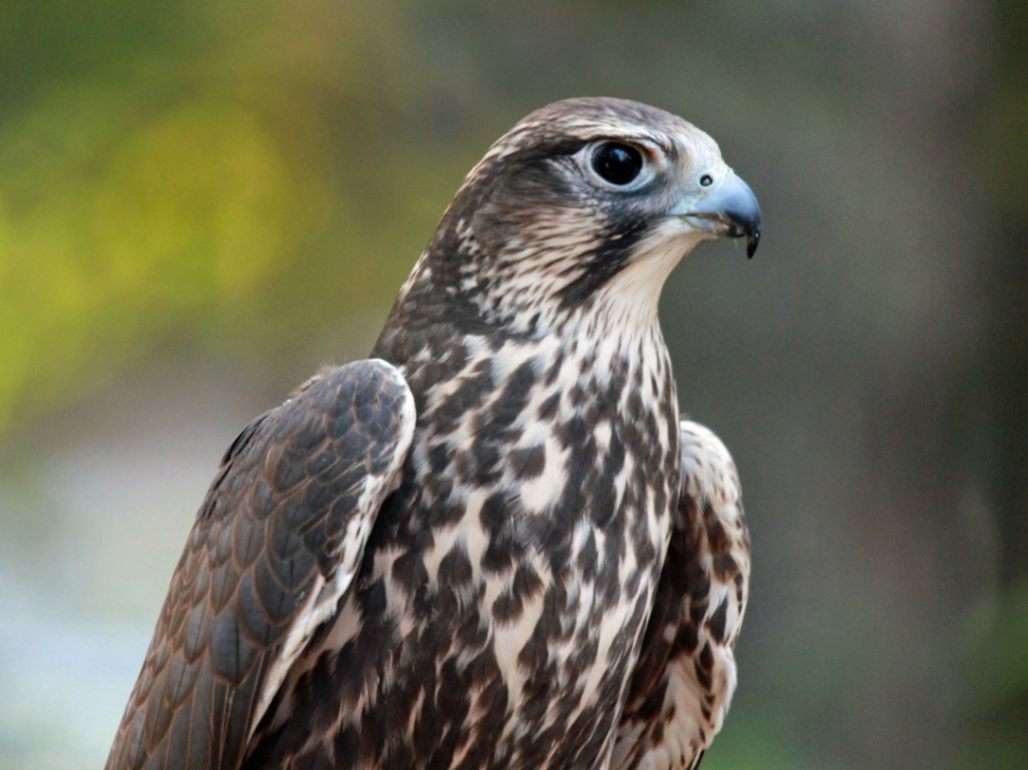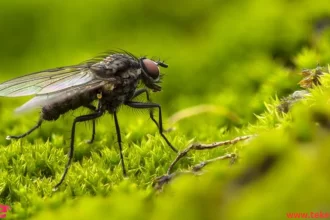The gazelle falcon is one of the large types of falcons. The saker falcon inhabits steppes and open lands where it hunts mammals and birds, often taking them to the ground. However, like many birds living in open natural areas, the saker falcon has suffered greatly due to changes in agricultural practices and the loss of natural habitats.
In this article in TekeTrek Website, we will explain more about it.
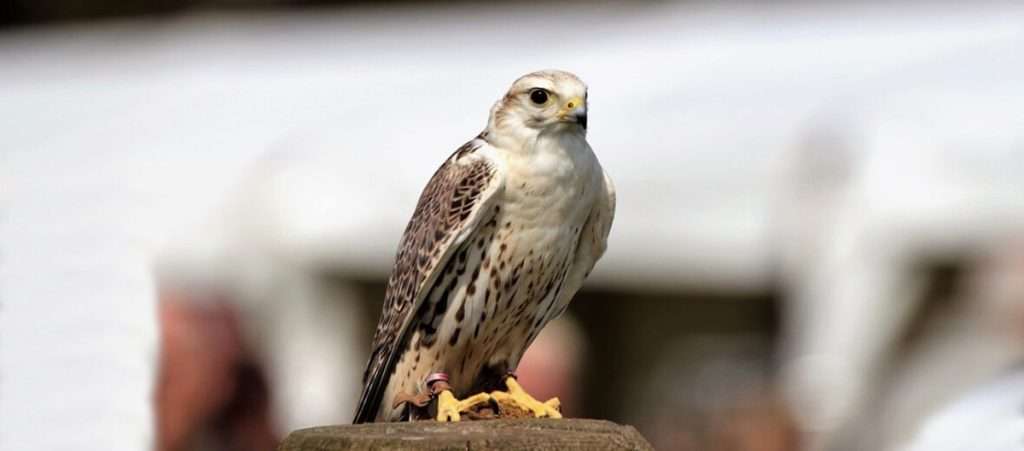
External Appearance of the Saker Falcon
- The scientific name of the saker falcon is Falco cherrug. It belongs to the kingdom Animalia, class Aves, family vertebrate, order birds, and genus Falco.
- The saker falcon is one of the largest species of falcons in Europe, with a wingspan of up to 125 cm and a length of 55 cm. It weighs up to 900 grams.
- It is characterized by its pointed wings, relatively short tail, and mostly brown color.
- Females are significantly larger than males.
Saker Falcon habitat
The saker falcon is found in several countries in Eastern and Southeastern Europe. Breeding pairs occur in the far west of Eastern Austria.
Outside Europe, its range extends eastward to China and Mongolia.
It prefer open habitats, including grasslands and steppes.
They can also be found in mountainous regions if there are open areas with low vegetation.
Behavior of the Saker Falcon
- The saker falcon is a large and powerful predator specialized for arid landscapes. It hunts its prey through horizontal flight and then pounces on it at low altitude above the ground.
- Historically, these birds were popular among falconers due to their hunting abilities, but their popularity has led to a decline in their numbers worldwide.
- Other threats include habitat destruction due to industrial agriculture and electrocution on power lines, which they sometimes use for nesting.
Saker falcon diet
The saker falcon is a carnivorous bird of prey. Its primary food source includes small mammals such as gerbils, field mice, hamsters, squirrels, and other birds like wild pigeons.
Breeding of the Saker Falcon
- Saker falcons nest in old nests made by crows or other raptors. Recently, they have increasingly accepted nesting boxes.
- Nests are placed on large electricity pylons, towers, or trees.
- Like most other falcons, they do not build their own nests. Instead, they choose old nests of other birds.
- The female typically lays 3-5 eggs, but clutch size can vary from 2-6 eggs.
- The eggs are white with reddish-brown markings.
- Incubation lasts approximately 30 days, with the female taking on most of the incubation duties while the male searches for food.
- When the chicks hatch, they are tiny and covered in yellowish-white down, but they grow rapidly.
- By the age of 40-45 days, they are ready to fledge and leave the nest. After leaving the nest, they remain with their parents for up to two months while they learn to become independent.
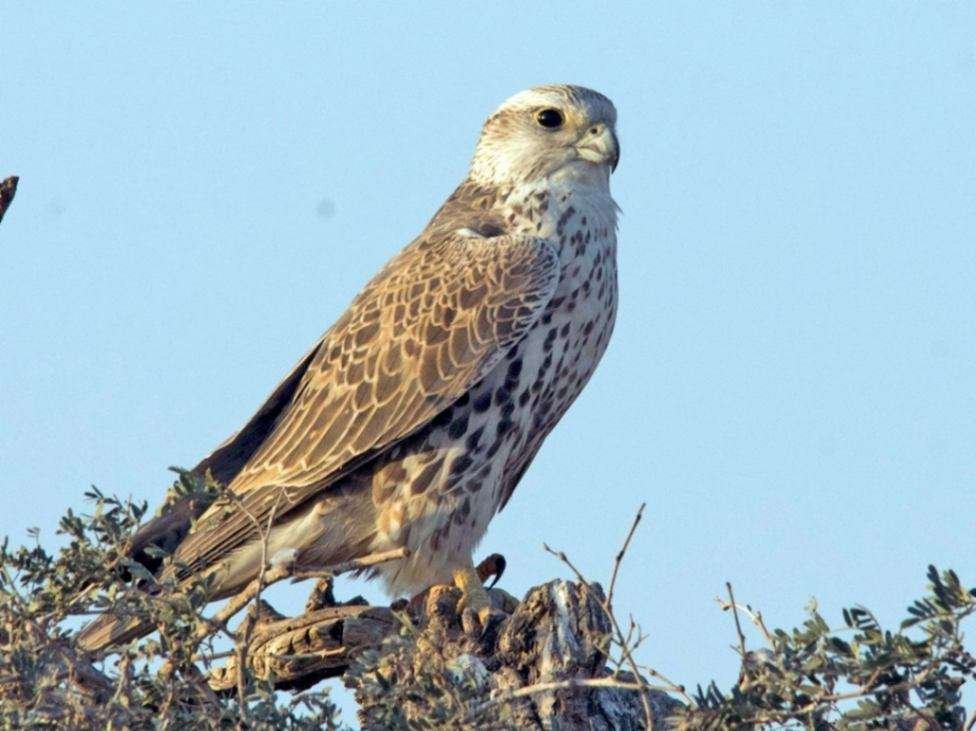

Threats to the Saker Falcon
The biggest threat to the saker falcon is habitat destruction due to the shift toward industrial agriculture in many areas, depleting its primary food sources.
Additionally, they are at risk of electrocution on power lines, as they often attempt to use them for nesting.
Saker falcons are also targeted by falconers who collect eggs and young birds from their nests.
What are some interesting facts about the Saker Falcon?
- The saker falcon is considered the fastest bird in the world, reaching speeds of up to 150 kilometers per hour (93 miles per hour).
- It is the second-largest species of falcon globally, with a length ranging from 45 to 57 cm and a weight of up to 990 grams.
- Saker falcons exhibit polymorphism, meaning individuals can vary significantly in size, shape, and feather color.
- They have been used for hunting for thousands of years, thanks to their large size, strength, long legs, and endurance, which allow them to catch wild rabbits, deer, and fast-flying birds.
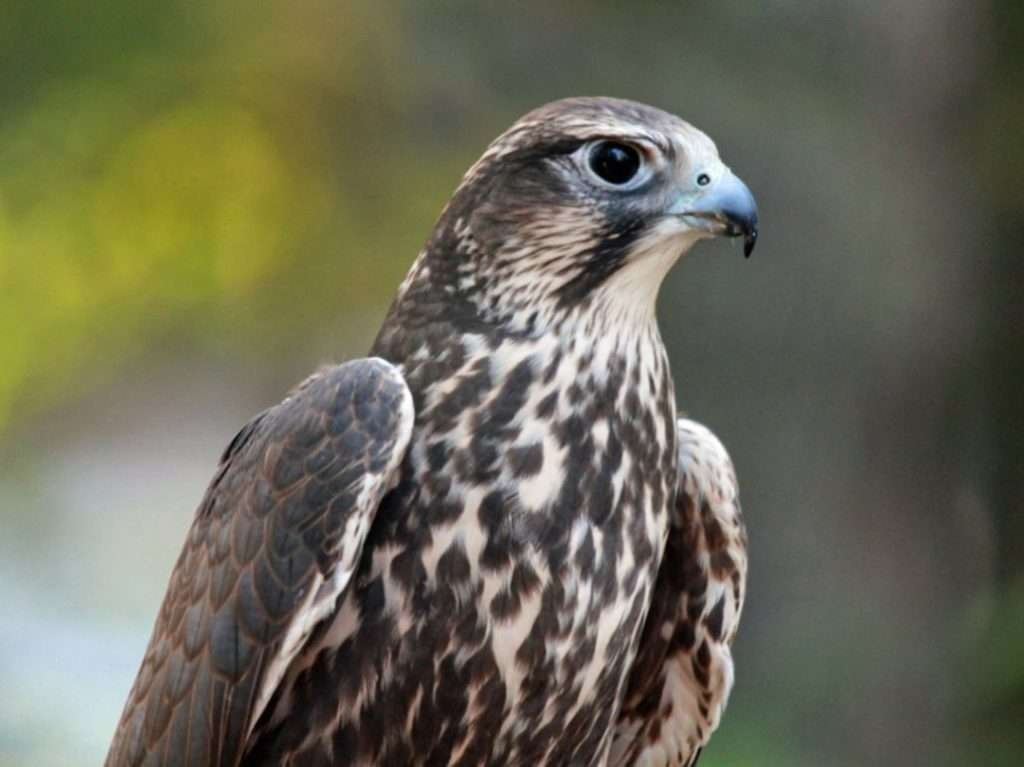

Frequently asked questions about Falcon Gazelle?
- How fast is a Saker Falcon?
Saker falcon speed is up to 200 miles per hour.
- How old is the Falcon Gazelle?
A maximum of 23 years has been recorded in captivity.
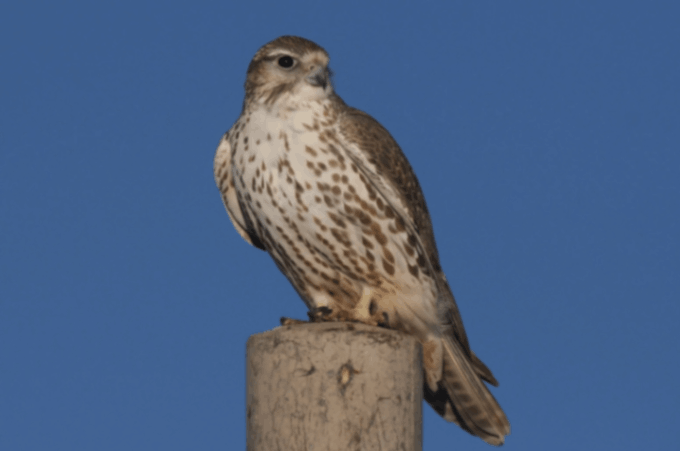

In summary, the saker falcon exemplifies adaptation and strength in the world of predatory birds, embodying dedication to hunting and remarkable flying performance. Its presence in natural environments reflects a balanced ecological system and stability in natural evolution. Let’s appreciate the importance of biodiversity in our world.

